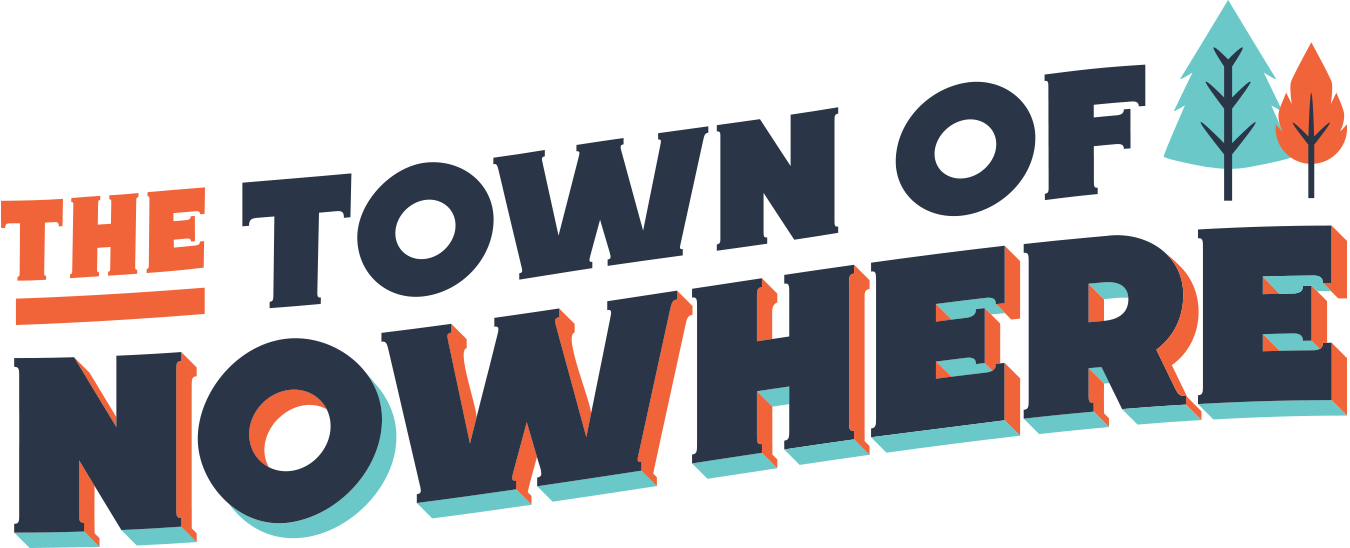This study was written by national housing expert, Professor Hal Pawson, and UNSW colleagues. It was commissioned by the Town of Nowhere campaign and supported financially by Tenants Queensland and The Services Union.
Download the full report here.
Report: A blueprint to tackle Queensland’s housing crisis
There are around 150,000 households across Queensland with unmet housing needs. This includes 100,000 households who would typically be eligible for social housing:
- These households are either experiencing homelessness, or are low-income households in private rentals, paying more than 30 per cent of household income in rent.
- This dwarfs the number of households officially registered on the Queensland social housing waiting list – approximately 27,000.
- The highest incidence of unmet need is in the areas to the south of Brisbane — 10 per cent of all households in Logan, Beaudesert and Gold Coast are homeless or living in housing which is not affordable.
We need to build more social and affordable homes and make renting fairer.

Rents have risen in Queensland at faster rates than in any other Australian state or territory.
- Since 2020, Brisbane apartment rents have risen by 23 per cent and house rents have risen by 33 per cent.
- The sharpest rent increases have been in regional markets. For example, over the past five years median rents rose by 80 per cent in Gladstone, 51 per cent in Noosa and 33 per cent in the Gold Coast.
- Among low-income households in the private rental market, 59 per cent are facing unaffordable housing costs, with 15 per cent in severe housing affordability stress (rent accounting for more than half of total income).

Homelessness is growing at an alarming rate.
- Homelessness in Queensland has risen by 22 per cent since 2017, compared to only 8 per cent across Australia. This has been most marked in regional Queensland, where demand for specialist homelessness services increased by 29 per cent in the past five years.
- Queensland groups experiencing particularly rapid growth in homelessness include older people aged 55+ (rising 6 per cent over the four years to 2020-21), people impacted by mental ill health (4.1 per cent) and people recently discharged from prison (3.6 per cent).
- Homelessness is most pronounced in the inner city of Brisbane, and in the remote communities of outback Queensland.

So what's the solution?
The report makes the following recommendations to solve Queensland’s housing crisis:
- Reforming private landlord tax concessions
- Phasing in broad-based land tax to replace stamp duty
- Re-building housing policymaking capacity within government
- Reforming rent assistance and strengthening rental property regulation
- Expanding social and affordable rental housing
- Further expanding the Queensland Housing Investment Fund (QHIF) and Housing Australia Future Fund (HAFF)
- Phasing in meaningful inclusionary zoning
- Mandating inclusion of social and affordable housing for non-estate public land disposal
- Strengthening regulation of short term rental (‘AirBnB’) housing
- Expanding the roles of government, not-for-profits and build-to-rent developers
- Planning reforms to enable more medium density development
- Boosting community housing sector capacity, especially Indigenous Community Housing Organisations; and
- Establishing annual publication of key social and affordable housing statistics.

